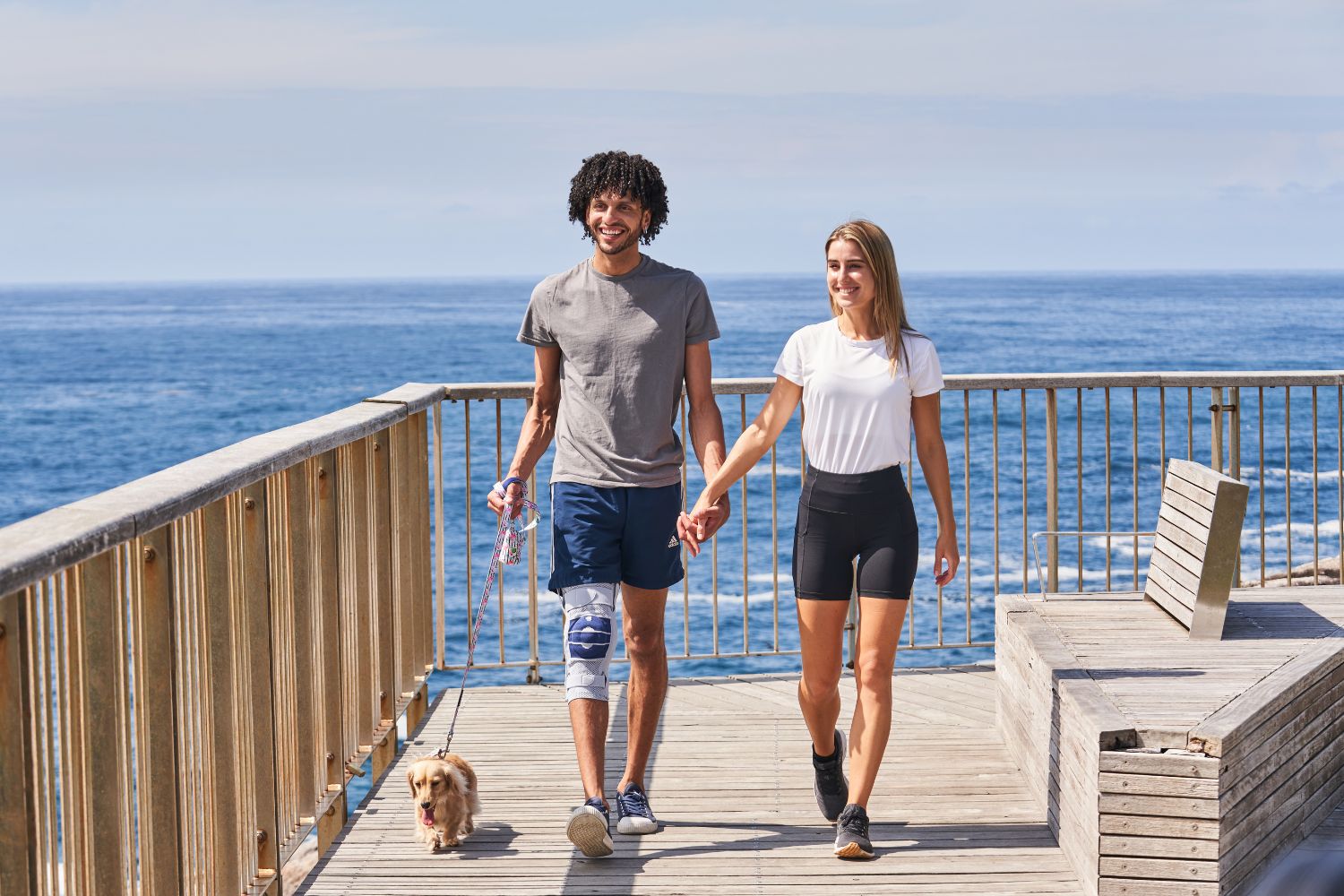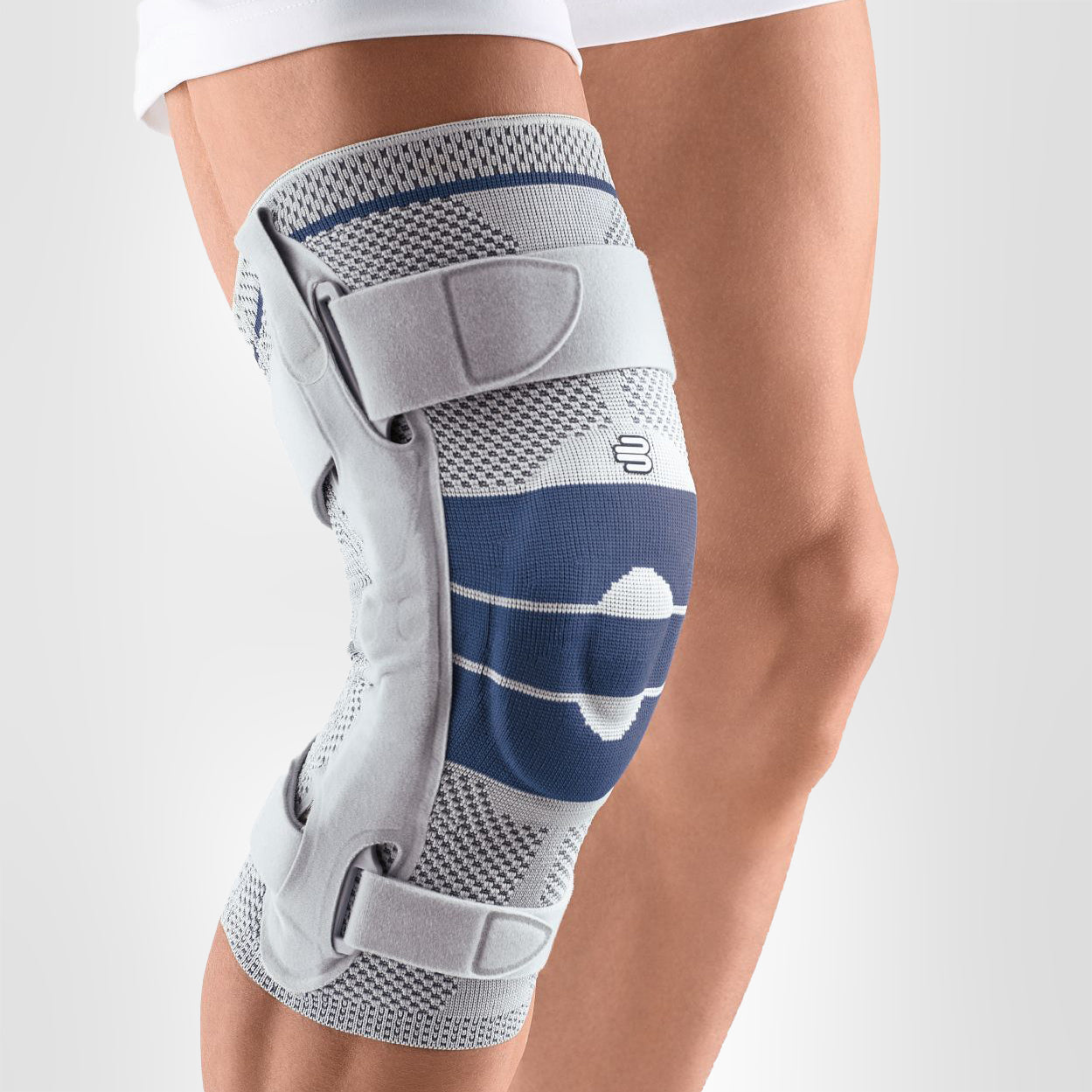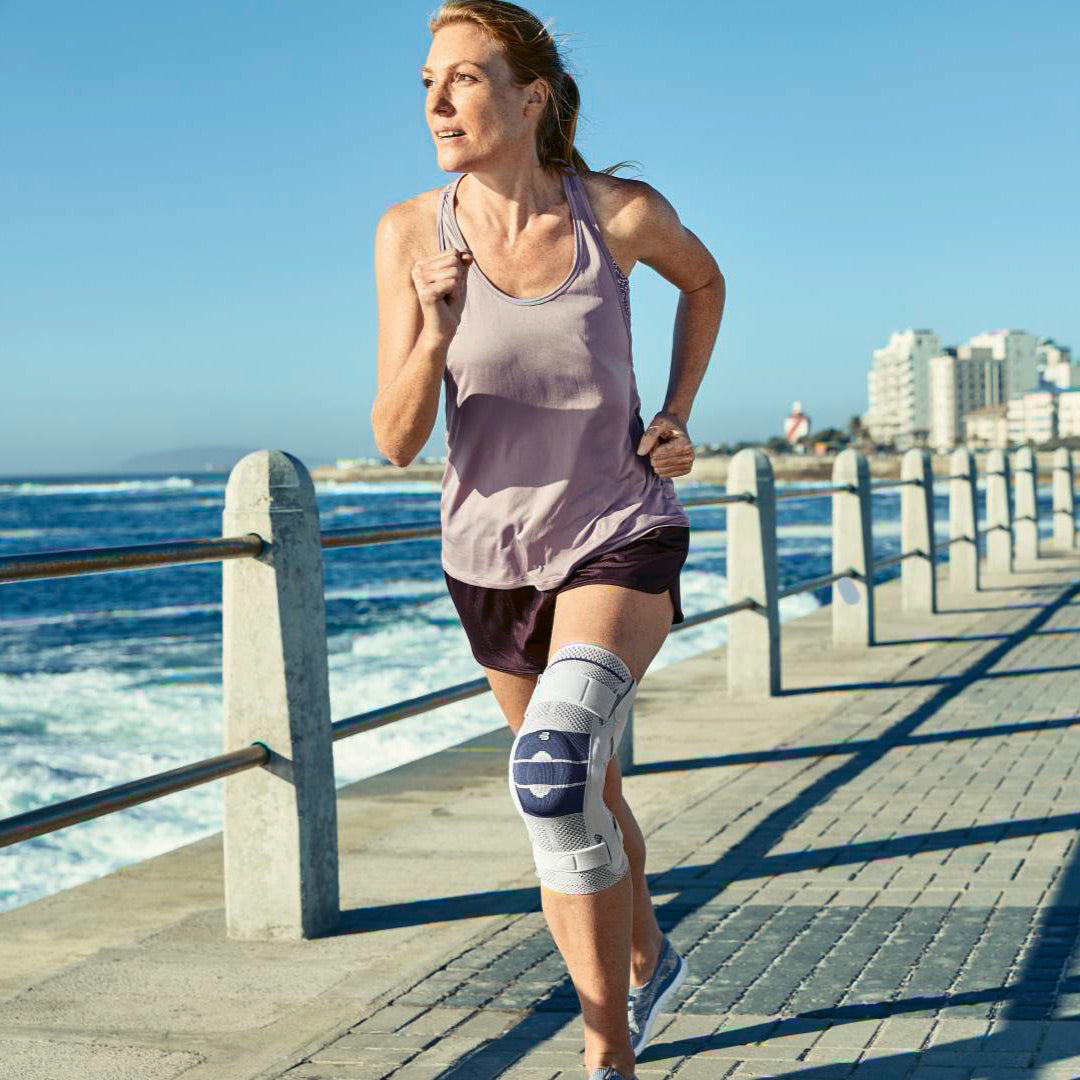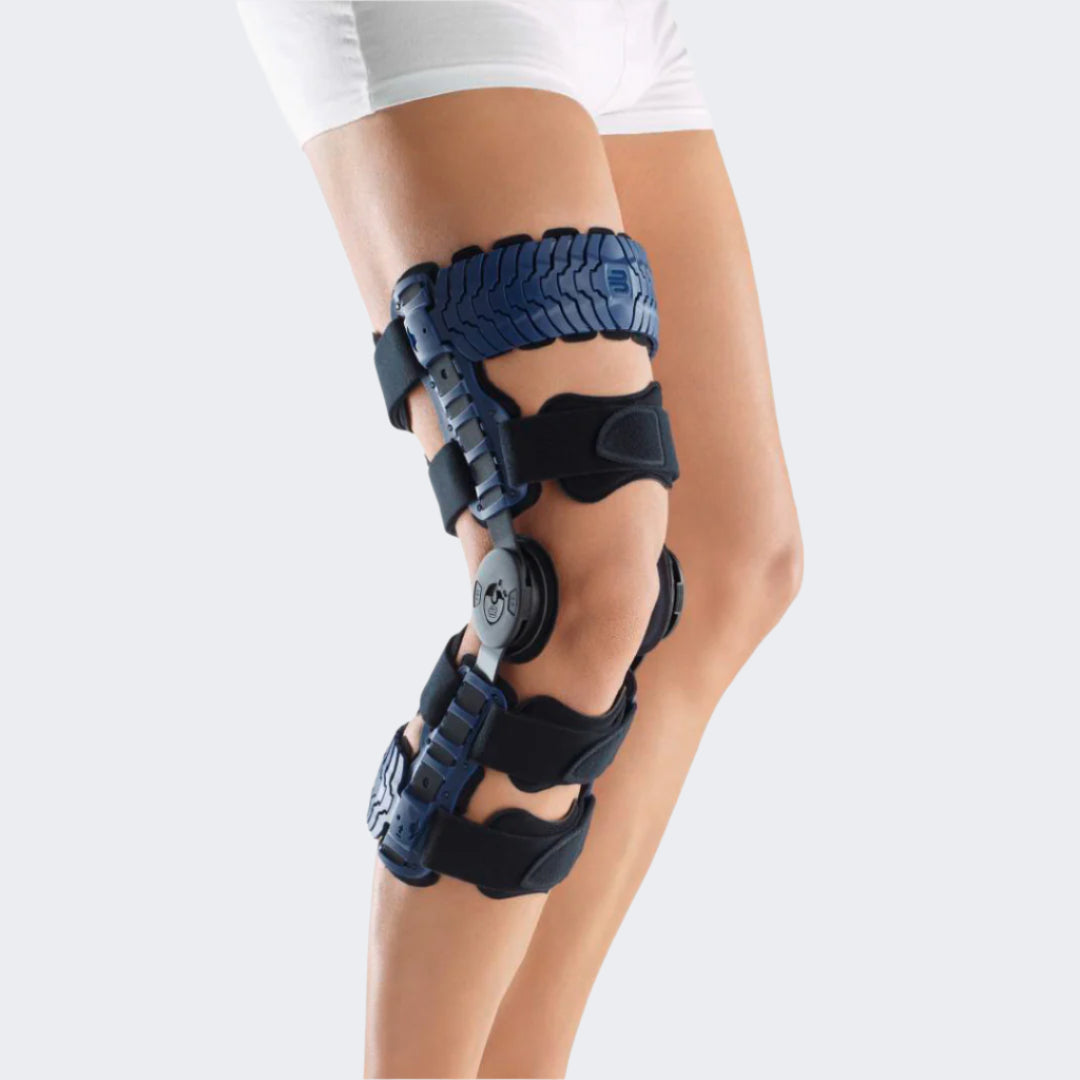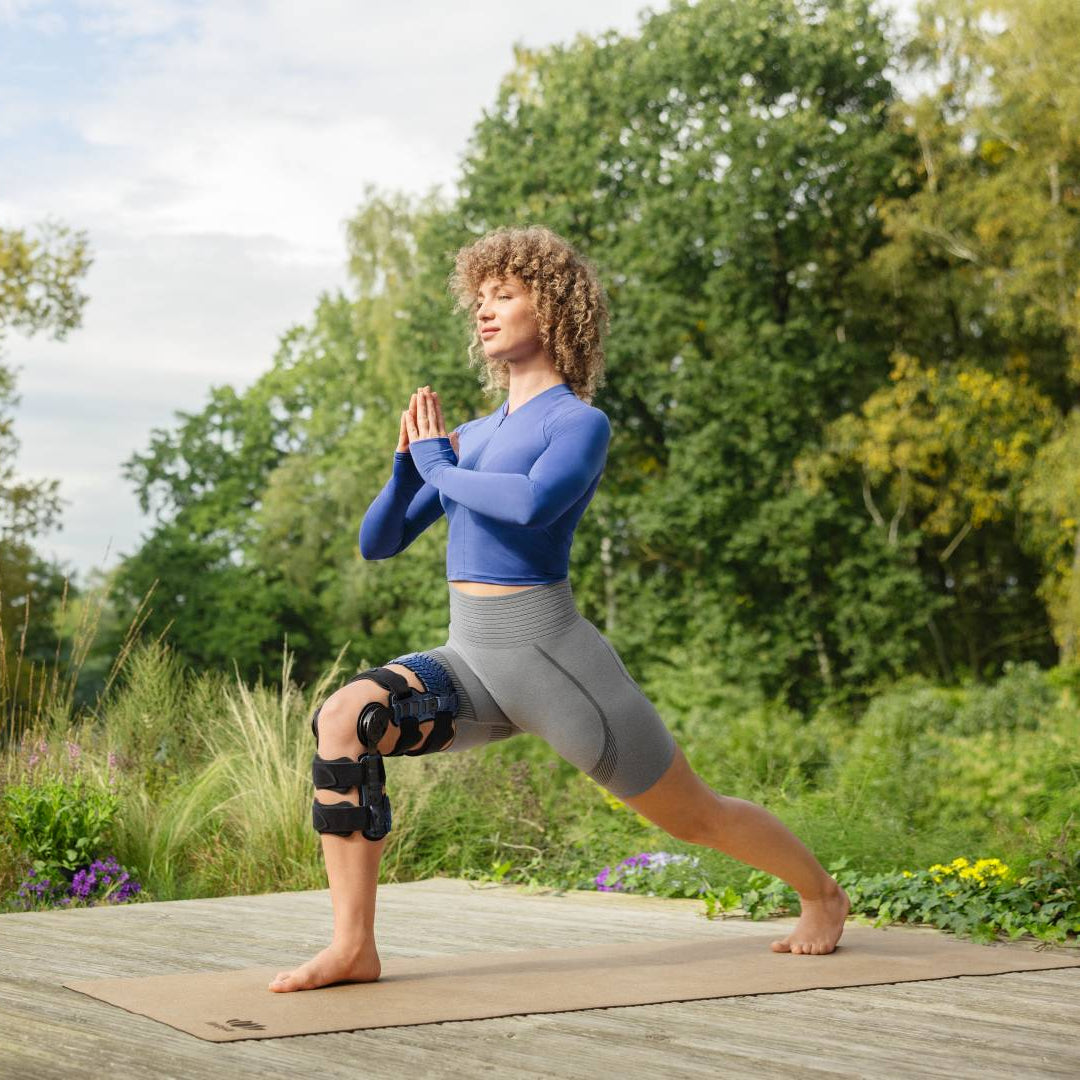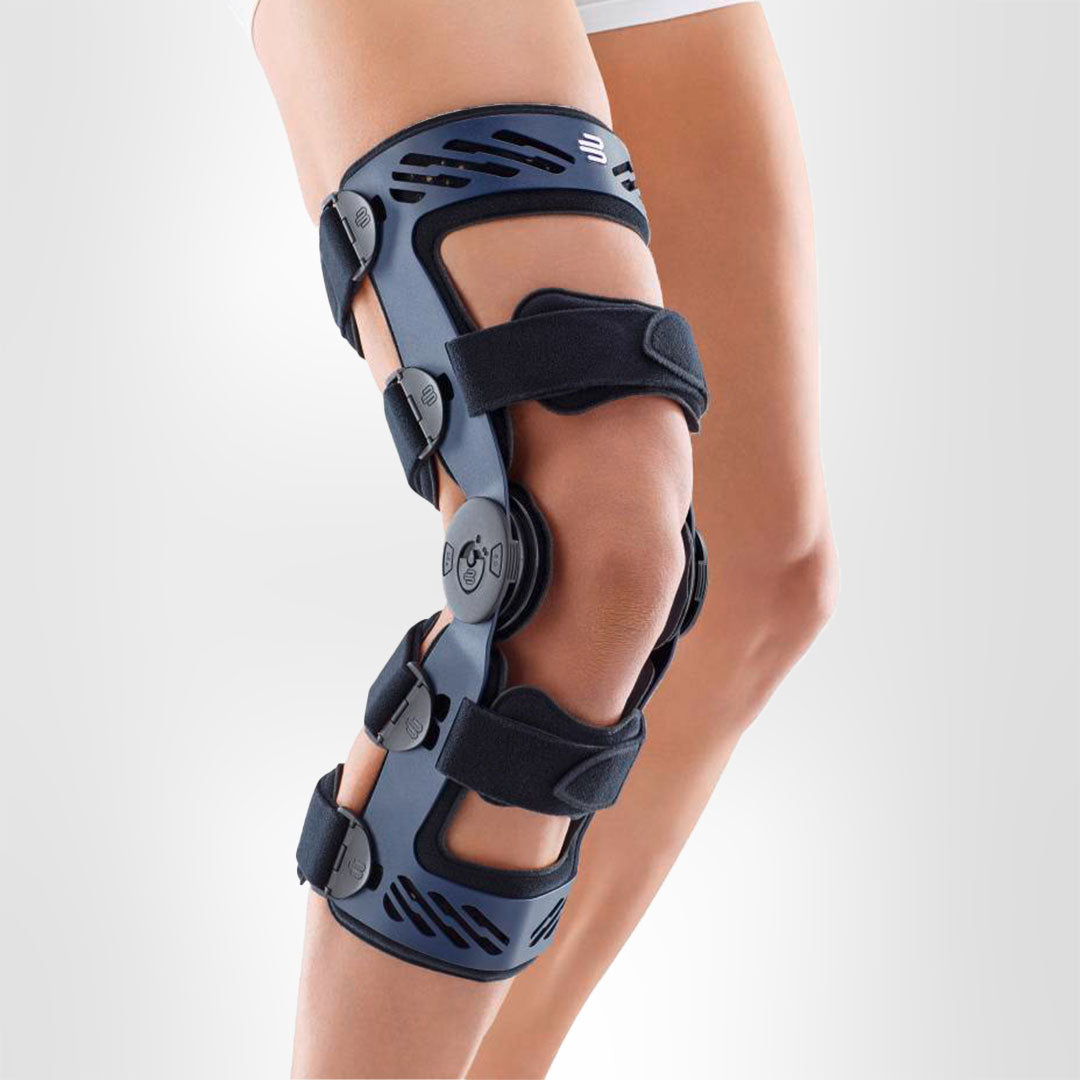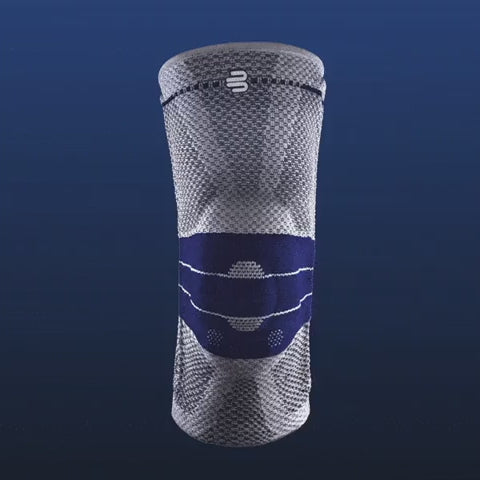As ligaments are responsible for keeping your knee moving, even relatively minor injuries can cause a lot of discomfort. But fortunately, conservative therapies like knee braces can take a load off the knee. So, if you’ve sprained, torn, or ruptured your ligament or think you may be prone to doing so, here’s our breakdown of the best knee braces for ligament injuries.
Ligament Injury Types

Now, the brace you need will largely depend on which ligament you’ve injured and the extent of the injury. So, let’s briefly go over ligament structure and injury types.
Your knee contains two main ligament types, each with two subgroups:
- Collateral ligaments include the Medial Collateral Ligament (MCL) and Lateral Collateral Ligament (LCL)
-
Cruciate ligaments include the anterior cruciate ligament (ACL) and posterior cruciate ligament (PCL).
Collateral ligaments run along the sides of the knee and prevent your knee from moving too far to either side. Cruciate ligaments, meanwhile, are inside the knee joint, connecting the femur to the tibia. These ligaments control the backward and forward motion of your knee.
Made of collagen, elastic fibres, and connective tissue, your knee ligaments are built to move and support. And as they’re responsible for a lot of motion and stabilisation, there are, unfortunately, a lot of ways you can injure them:
- Hyperextension
- Over-twisting (which may happen when skiing or playing basketball)
- Trauma to the front, back, or side of the knee (which may happen during a high-contact sport or car accident).
The injuries may vary in severity from a mild ligament tear (grade I), moderate ligament tear (grade II), to a complete or severe ligament tear (grade III). And they may carry symptoms like swelling, pain, bruising, and in some cases, a popping noise.
What’s the best knee brace for my ligament injury?
Now, let's get into the braces.
HINGED KNEE BRACES
Hinged knee braces are designed to support your knee’s movement after moderate to severe tears. Their (typically) metal skeletons and fabric bodies stabilise the knee joint while the hinges let you move your knee to a certain degree as you go about your life.
Among the best hinged knee braces are:

SecuTec Genu Knee Brace
Made from an ultralight metal compound and anatomically shaped padding, this ligament knee brace is ideal for moderate to severe ACL and PCL tears and support after ligament reconstruction surgery or even ACL healing protocols to help heal the rupture.


GenuTrain S Hinged Knee Support
The GenuTrain S, meanwhile, is suitable for the conservative treatment of moderate ACL, PCL, and MCL injuries. Along with joint splints to stabilise the knee and adjustable straps for a comfortable fit, it’s wrapped in our patented soft-knit fabric. This material provides compression, which improves circulation around the injured area to reduce inflammation and facilitate your ligament’s healing.

GenuTrain S Pro Hinged Knee Support
The GenuTrain S Pro provides a little more support than the S, making it a good fit for more advanced ACL, PCL, and MCL tears. Its structure is essentially the same, but with the added benefit of adjustable and lockable joint splints that can limit your knee’s flexion to 30, 60, or 90 degrees. The flexion limits make it a good brace for hyperextension injuries.

SofTec Genu Knee Brace
This brace is ideal for cruciate ligament tears and collateral ligament injuries. Like our GenuTrain S and S pro, the SofTec Genu incorporates compression weave and joint splints. However, this brace has a greater flexion limit range (at 10-degree intervals rather than 30) and a specialised pad connected to a corrective strap. So, you can use it for more severe instability issues like the Unhappy Triad (aka blown knee), where the ACL, MCL, and meniscus are injured.
KNEE SUPPORT SLEEVES

GenuTrain Knee Brace
Knee sleeves are best suited for minor sprains and mild ligament injuries. Unlike immobilising and hinged braces, they don’t feature splints or metal braces. Instead, they usually just consist of compression weave and well-placed padding.
Our GenuTrain Knee Brace (pictured above), for example, combines our compression weave with a gel pad to:
- Stabilise the joint by providing targeted activation of stabiliser muscles
- Improve mobility by massaging tensed muscles
- And facilitate healing through compression
How best to use them
As each of these braces is suited for different ligaments and injury types, you’ll be using them differently. If you’re recovering after surgery or opting for conservative treatment, follow your surgeon’s or physician’s instructions. But generally, unless your doctor specifies otherwise, you won’t need to wear immobilising or hinged braces all the time.
We’d also recommend not getting them overly wet while showering, bathing, or spending extended time in water in general, as wet knit may cause discomfort and skin irritation. So, try keeping your leg out of the water or carefully remove the brace (if your doctor’s orders allow).
With a sleeve, though, you can take it on and off as you please. We’d advise keeping it on while you’re out and about, especially during exercise.
To sum up,
There are braces specially made for all types of ligament injuries. And in some cases, a brace can help you recover without the need for surgery. But we do recommend speaking to your doctor first and following their advice for the best outcomes.














